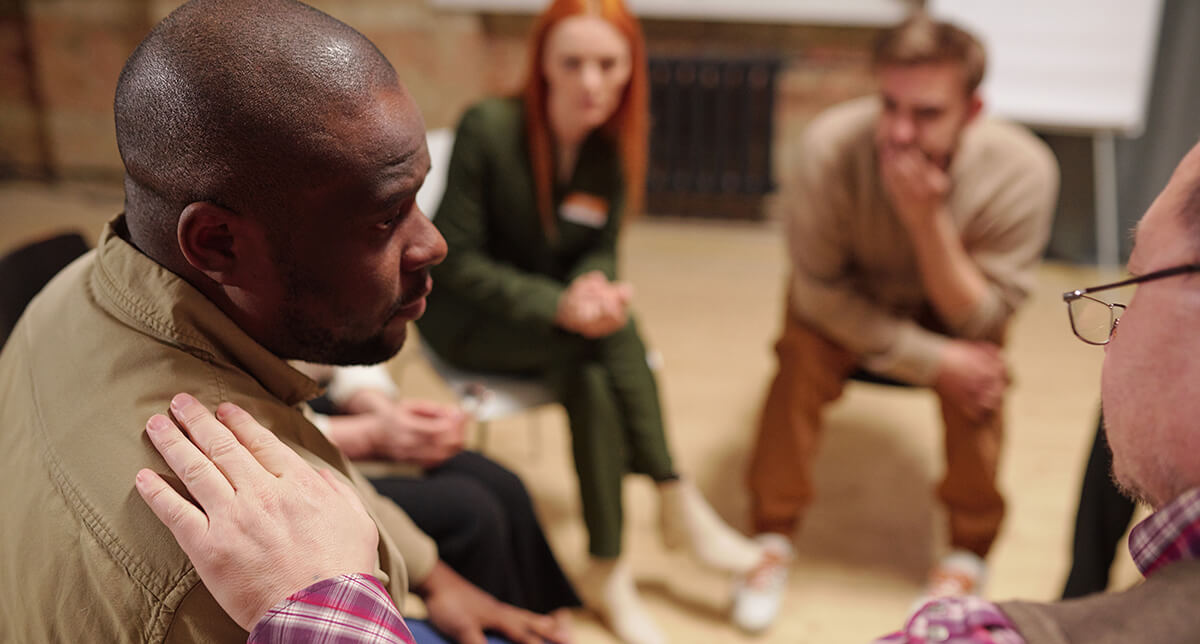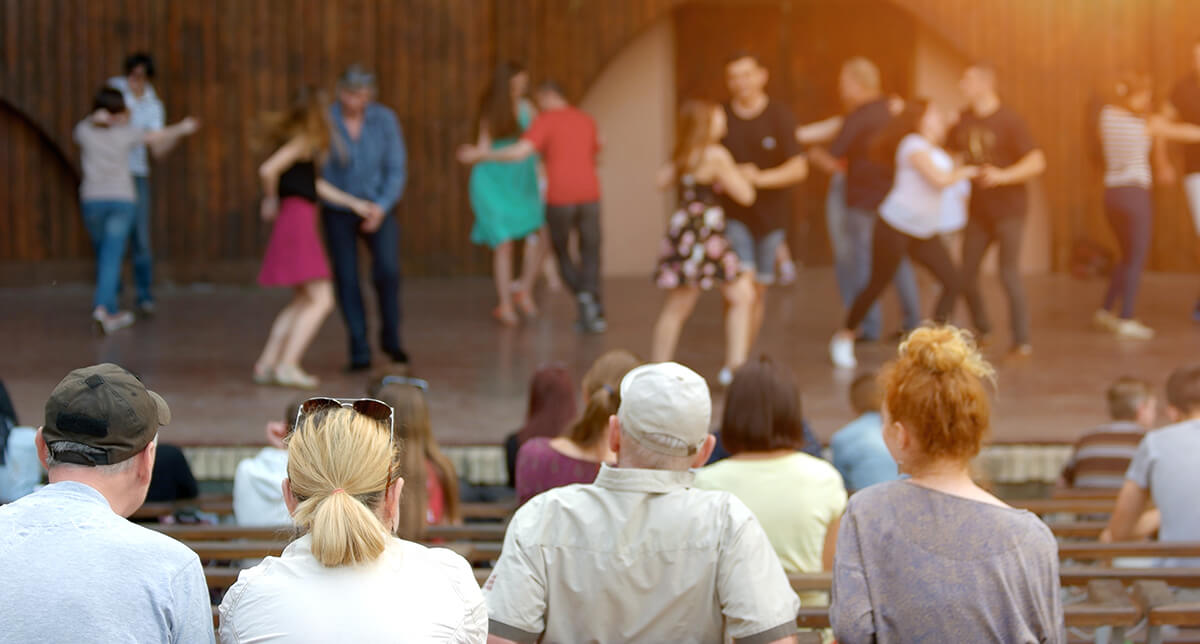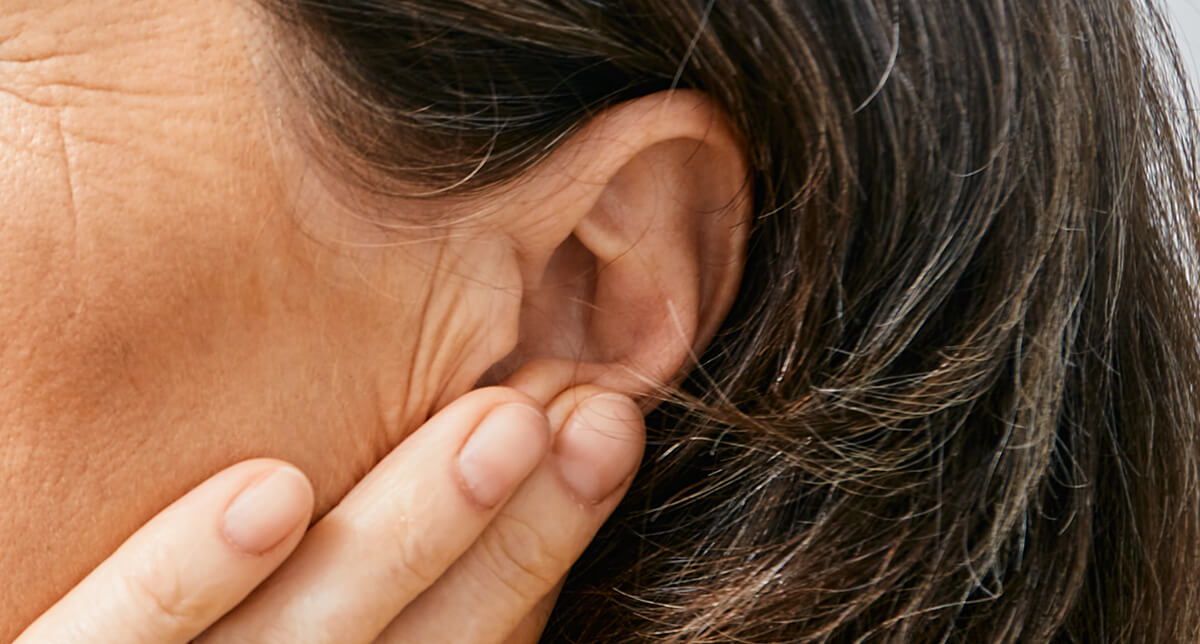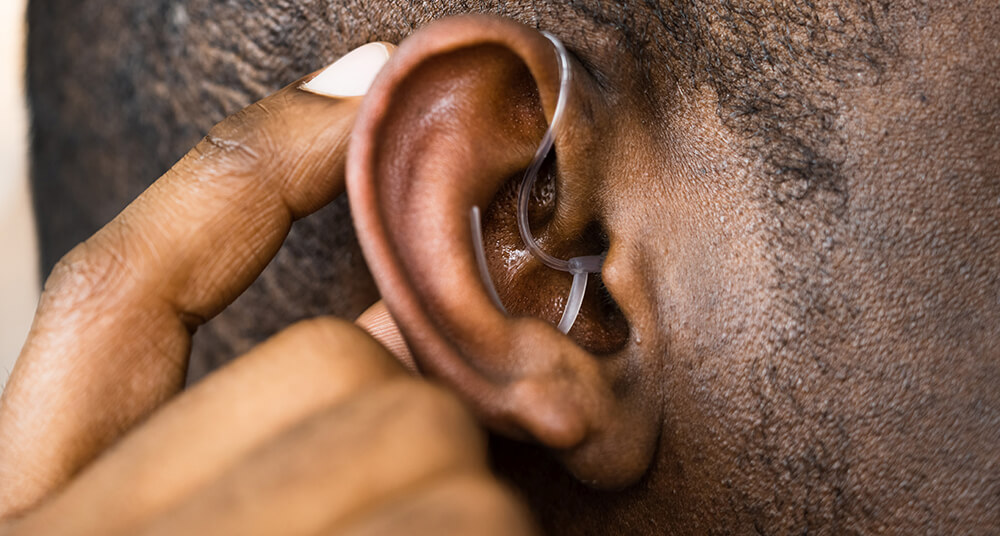Hearing Loss Overview
Hearing loss is one of the leading chronic health conditions in the United States. More than one in eight people over the age of 12 demonstrate hearing loss in both ears. And yet, while we recognize that healthy hearing supports a vibrant and confident life, we’re collectively hesitant to prioritize our hearing health.
Most Americans frequently have their eyes examined and enthusiastically invest in glasses, contact lenses, or corrective surgery. In a 2021 survey conducted by the American Speech-Language-Hearing Association, respondents revealed that a majority had undergone vision tests within the previous five years while a mere 20 percent had their hearing checked.
As our population ages and the national conversation changes around hearing health and hearing loss, we anticipate that attitudes around diagnosing and treating hearing loss will shift. And we’re ready for that to happen! Confronting and treating hearing loss can help to lessen feelings of depression and isolation, boost confidence in the workplace and even help to decrease future risks of cognitive disorders like dementia and Alzheimer’s Disease.
But first, what causes hearing loss and why does it happen?
Who is impacted by hearing loss?
There are a variety of reasons why people encounter hearing loss in their lifetime, including genetic conditions that are present at birth. However, age continues to be the greatest predictor of challenges to hearing health as your risk of developing a hearing condition increases once you reach the age of 65.
Once you blow out the candles on your 65th birthday, it’s likely that one-third of your peers are experiencing hearing loss. Once you reach 85 years of age, your risk of hearing loss increases and impacts 50 percent of your age group.
Of course, hearing loss doesn’t only affect the person with the condition. Our friends, family, and neighbors all experience its impact because it is inherently a health issue that causes a decline in communication and relationships.

Conductive hearing loss occurs when an obstruction in the ear is blocking sound from entering. This can be a foreign object or even bone or fluid, though most often it is a naturally occurring buildup of earwax. Once the obstruction is identified and removed, hearing will most likely return to normal.

Age and later-onset hearing loss
Other types of hearing loss are irreversible, such as sensorineural, which is when the inner ear itself is the problem. The leading cause of hearing loss, as you may have guessed, comes from the natural aging process. This is referred to as age-related hearing loss. Our sense of hearing depends on the fine cells of the inner ear, which receive sound from the outside world. From there, this sound information is sent to the brain for processing via the auditory nerve. Over time, these cells deteriorate. They are non-regenerative, which means that they don’t repair themselves or create new ones. As we lose the use of these cells, our experience is simply to hear less.
The danger of excessive noise
In addition to the aging process, exposure to excessive noise can also cause damage to the inner ear cells. This type of hearing loss is called noise-induced and it can happen all at once, such as in an accident or explosion with an excessively loud sound. In those cases, the resulting hearing loss is usually noticed immediately.
However, noise-induced hearing loss can also happen slowly and over time with repeated exposure to too-loud noise. We often think of factory workers or farmers in these scenarios, in which people’s occupations cause exposure to loud noise over many decades. That’s why there are federal protections in place to monitor and mitigate excessive noise that reaches levels of 85 decibels.

However, even our recreational activities can cause damage to our hearing due to repeated exposure. Your average rock concert can reach noise levels of 120 decibels. Sporting stadiums have been known to exceed 120 decibels, as well. So live music aficionados and season ticket holders should invest in hearing protection for these activities, as well as any other you engage in that cause excessive noise environments.

Signs of hearing loss
One of the obstacles we face in the fight against hearing loss is that it is notoriously difficult to self-diagnose. We are adaptable creatures and as our hearing capabilities gradually decline over time, we simply adapt to use coping mechanisms. Usually, we wait until hearing loss has made our lives virtually impossible before we seek help.
In fact, it is often our friends and family who notice changes in our behavior first. We might find ourselves asking ‘what?’ much more often in conversation with others. This is because speech clarity tends to be among the first problems to make itself known with hearing loss. Other scenarios might include finding particular trouble chatting at parties or places with lots of background noise. You might avoid phone calls because you find the conversations difficult to participate in. On the other hand, you may find yourself relying more and more on the closed captioning option as you view television shows and films at home.
Treating hearing loss

